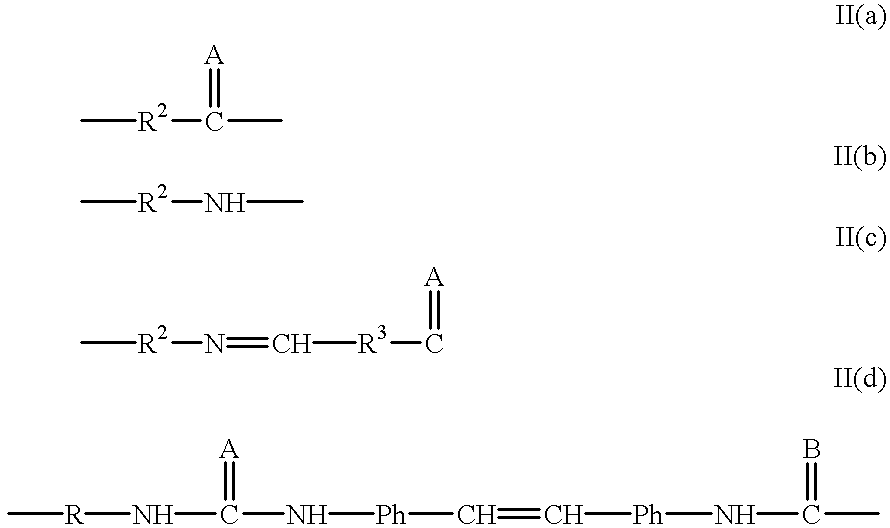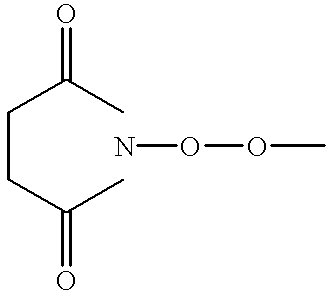Electrochemical and photochemical electrodes and their use
a photochemical electrode and electrode technology, applied in the field of electrochemical and photochemical electrodes, can solve the problems of limited electrical contact and the rate of electron transfer between the enzyme redox center and the electrode is relatively slow, so as to achieve efficient and rapid electron transfer, increase or decrease the electrically induced catalytic activity
- Summary
- Abstract
- Description
- Claims
- Application Information
AI Technical Summary
Benefits of technology
Problems solved by technology
Method used
Image
Examples
examples
1. Chemical Synthetic Steps and Biochemical Preparations
1.1 Last Synthetic Step in Preparation of FAD-Ferrocene Derivative
Amino derivatized FAD, N.sup.6 -(20aminoethyl)-FAD, (FIG. 1) was synthesized according to the results published recently procedure.sup.(10). N-(2-methylferrocene) caproic acid was synthesized as recently described.sup.(7). N.sup.6 -(2-aminoethyl)-FAD (10 mg, 1.1.multidot.10.sup.-5 mol) was reacted with N-(2-methyl-ferrocene) caproic acid (18 mg, 5.5.multidot.10.sup.-5 mol) in the presence of 1-ethyl-3-(3-dimethylaminopropyl) carbodiimide (EDC, Aldrich; 11.6 mg, 5.5.multidot.10.sup.-5 mol) as a coupling reagent and N-hydroxy-3-sulfosuccinimide sodium salt (NSI, Aldrich; 13.2 mg, 5.5.multidot.10.sup.-5 mol) as a promoter (FIG. 2). The coupling reaction was done in 1 ml of 0.1 M HEPES buffer, pH 7.4 for 3 h at room temperature. The product was purified on Sepadex G10 column using water as eluent. The separation from the non-reacted original compounds was performed b...
PUM
 Login to View More
Login to View More Abstract
Description
Claims
Application Information
 Login to View More
Login to View More - R&D
- Intellectual Property
- Life Sciences
- Materials
- Tech Scout
- Unparalleled Data Quality
- Higher Quality Content
- 60% Fewer Hallucinations
Browse by: Latest US Patents, China's latest patents, Technical Efficacy Thesaurus, Application Domain, Technology Topic, Popular Technical Reports.
© 2025 PatSnap. All rights reserved.Legal|Privacy policy|Modern Slavery Act Transparency Statement|Sitemap|About US| Contact US: help@patsnap.com



